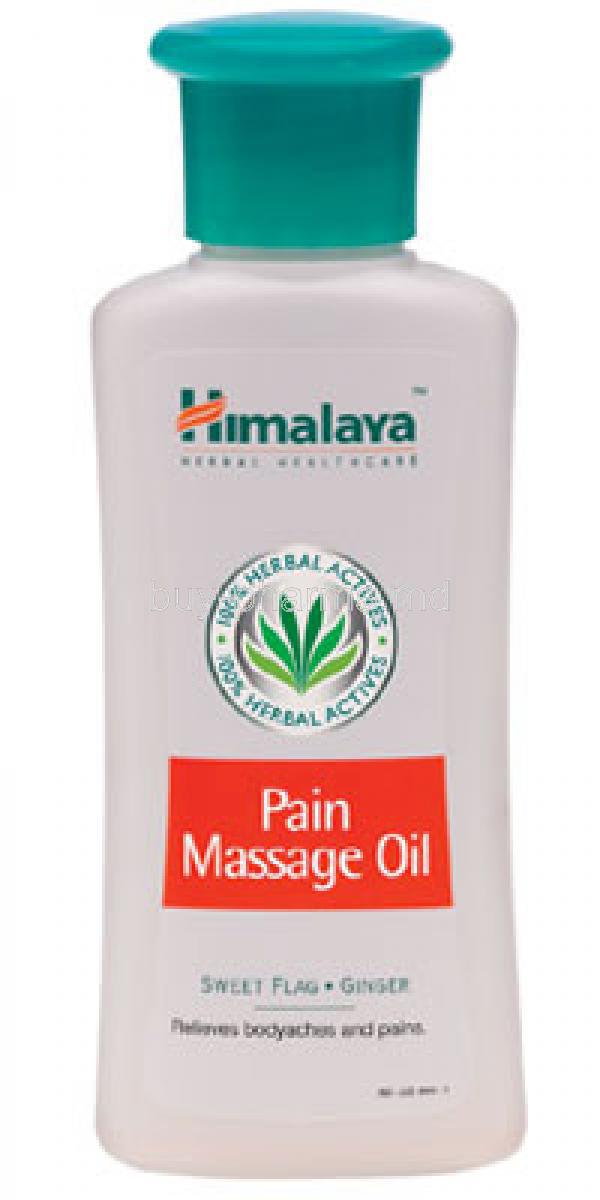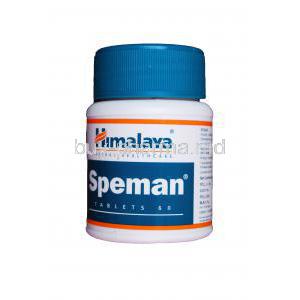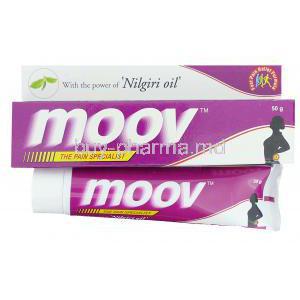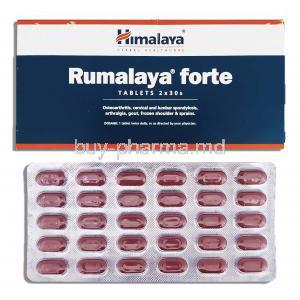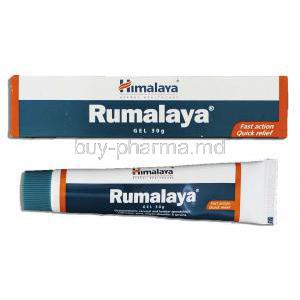Himalaya Pain Massage Oil
- 1. Introduction to Himalaya Pain Massage Oil
- 2. Active Composition and Herbal Ingredients
- 3. Therapeutic Uses and Indications
- 4. Mechanism of Action and Pharmacodynamics
- 5. Dosage Guidelines and Administration Instructions
- 6. Storage and Stability Information
- 7. Potential Side Effects and Skin Reactions
- 8. Drug, Herbal, and Topical Interactions
- 9. Warnings and Contraindications
- 10. Guidelines for Careful Administration
- 11. Important Safety Precautions Before and During Use
- 12. Administration in Special Populations
- 13. Overdose and Accidental Misuse
- 14. Handling and Application Hygiene Guidelines
1. Introduction to Himalaya Pain Massage Oil
Himalaya Pain Massage Oil is a meticulously crafted herbal formulation designed to provide targeted relief from a wide array of musculoskeletal discomforts. Developed using ancient Ayurvedic principles combined with modern phytotherapeutic insights, this oil is a trusted companion for individuals seeking natural pain management.
Rooted in traditional healing practices, the oil embodies the therapeutic ethos of Ayurveda balancing the doshas and enhancing the body's inherent healing potential. By facilitating transdermal absorption of potent botanicals, it offers a holistic approach to alleviating stiffness, inflammation, and fatigue.
Topical oil therapy offers numerous benefits in musculoskeletal disorders:
- Localized delivery of active compounds
- Improved circulation and warmth in affected areas
- Reduction of muscle spasms through gentle massage
2. Active Composition and Herbal Ingredients
Himalaya Pain Massage Oil incorporates a synergistic blend of therapeutic plant-based extracts, each contributing to the oil's analgesic and anti-inflammatory properties.
- Wintergreen Oil: A rich source of methyl salicylate, this ingredient mimics the effect of aspirin by inhibiting prostaglandin synthesis, reducing pain and inflammation.
- Eucalyptus Oil: Known for its soothing vapors and anti-inflammatory action, it also supports respiratory wellness.
- Mint Extract: Provides a cooling effect that helps in desensitizing irritated nerve endings.
- Cedarwood and Turpentine Oil: Act as mild counterirritants and contribute to vasodilation and improved circulation.
Carrier oils are used to enhance skin absorption, improve spreadability, and nourish the dermal layer. The synergistic effect of these botanicals ensures a multi-faceted approach to pain alleviation.

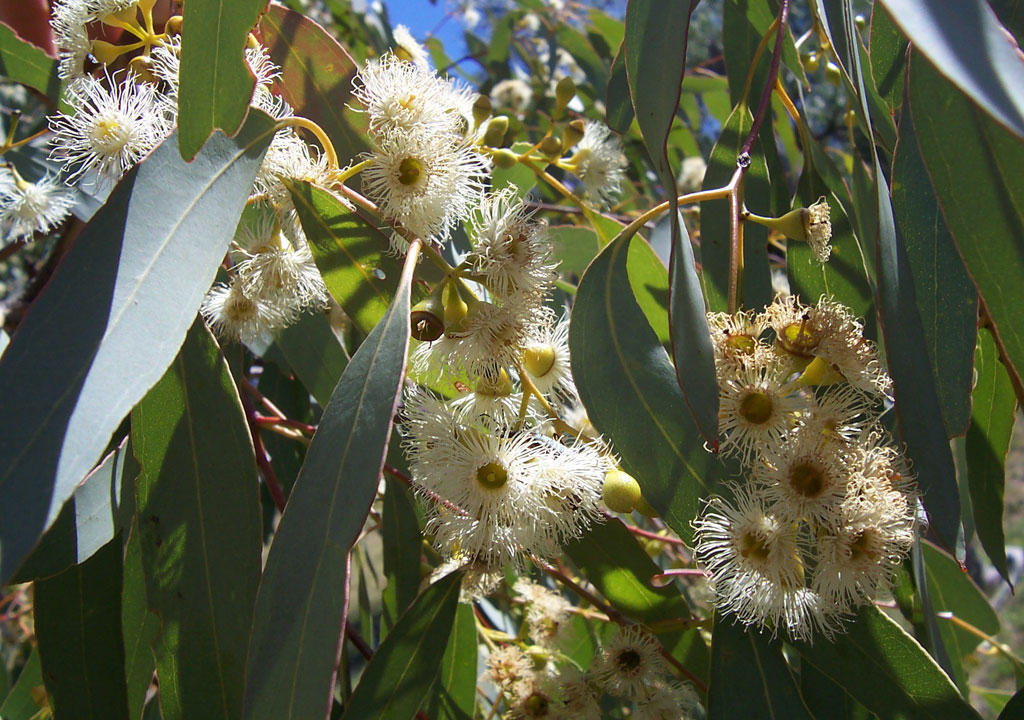
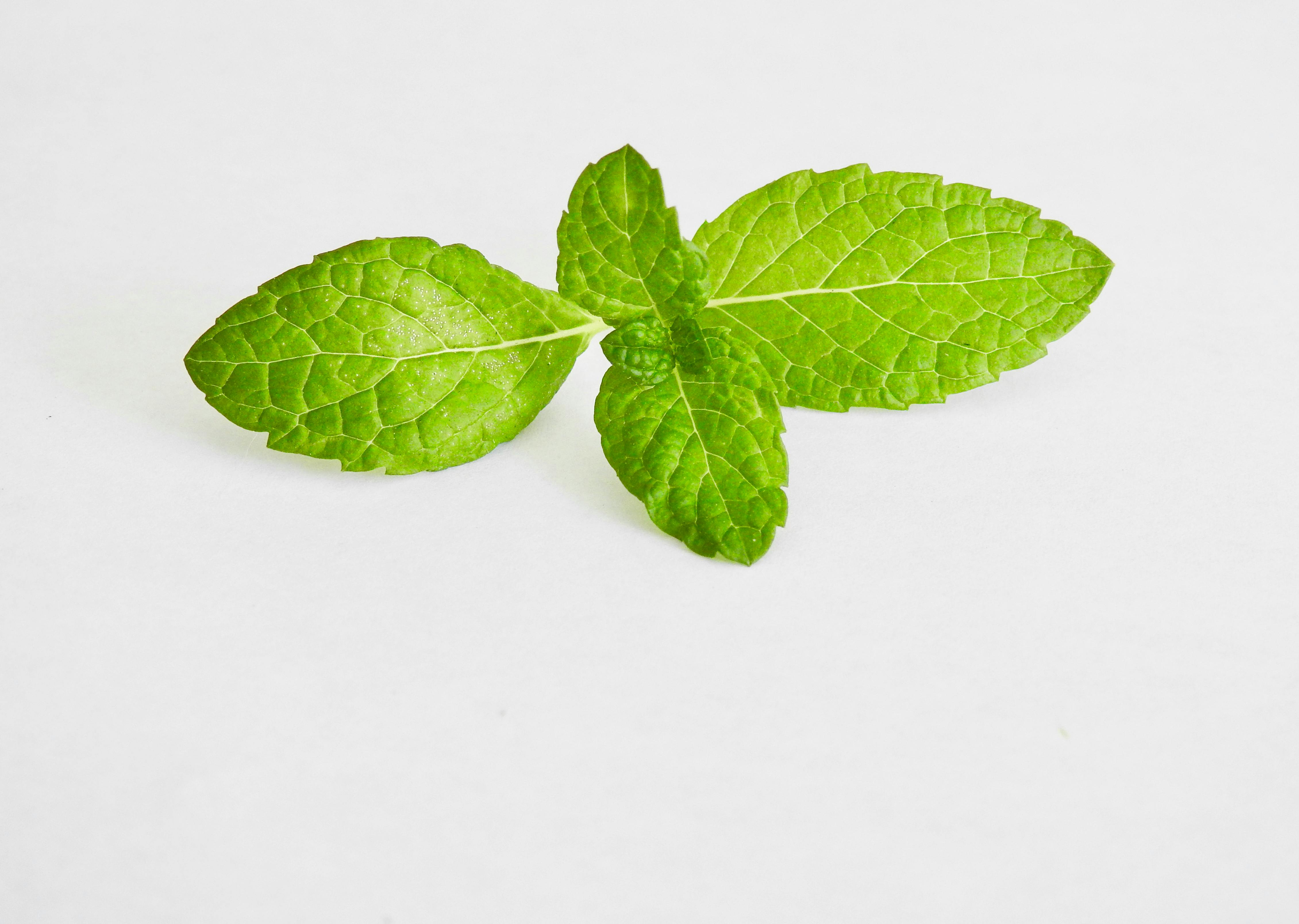

3. Therapeutic Uses and Indications
3.1 Primary Indications
This oil is indicated for a broad spectrum of musculoskeletal complaints:
- Chronic backache and neck stiffness
- Joint discomfort associated with osteoarthritis or rheumatoid arthritis
- Delayed onset muscle soreness (DOMS) after physical activity
It serves as an adjunct in rehabilitation settings, facilitating smoother recovery through improved mobility and decreased discomfort.

3.2 Secondary and Off-Label Uses
Though not formally indicated, the oil may be used under supervision for:
- Peripheral neuropathy-related aches in diabetic individuals
- Relief from myalgia or fibromyalgia-associated muscular tension
- Non-invasive pain management for bedridden or elderly patients

4. Mechanism of Action and Pharmacodynamics
The analgesic effects of Himalaya Pain Massage Oil arise from a combination of mechanical and biochemical actions:
- Methyl salicylate acts locally to inhibit inflammatory mediators and reduce prostaglandin synthesis.
- Vasodilation is triggered by essential oils like turpentine and eucalyptus, enhancing blood flow and nutrient delivery.
- Counterirritant effects distract pain pathways by creating localized heat or cooling, thereby masking deep pain.
- The massage process itself promotes muscle relaxation and lymphatic drainage.

5. Dosage Guidelines and Administration Instructions
For optimal efficacy, apply 5-10 mL of the oil over the affected area:
- Use gentle circular massage for 5-10 minutes
- Apply 2-3 times daily depending on severity
Pairing with a warm compress post-application can enhance penetration and efficacy. Physical therapy sessions may also incorporate the oil as part of a rehabilitation protocol.
6. Storage and Stability Information
- Store in a cool, dry place below 30°C
- Avoid direct sunlight and high humidity exposure
- Shelf life typically extends to 24 months from manufacturing date
- Discard if you observe phase separation, foul odor, or discoloration
7. Potential Side Effects and Skin Reactions
7.1 Common Side Effects
Most users tolerate Himalaya Pain Massage Oil well. However, some individuals may experience:
- Slight redness or localized warmth at the site of application
- Mild tingling or transient burning sensation
7.2 Rare and Serious Adverse Effects
In rare cases, especially in individuals with sensitive skin or allergies:
- Contact dermatitis, characterized by itching, swelling, or blistering
- Respiratory sensitivity to mentholated vapors, especially in asthmatic individuals
Discontinue use and consult a physician if any severe reaction occurs.
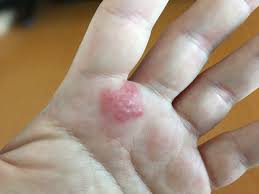
8. Drug, Herbal, and Topical Interactions
Though generally well-tolerated, Himalaya Pain Massage Oil may interact with other pharmacological or herbal agents when used concurrently. Awareness of such combinations is essential to avoid exaggerated or diminished therapeutic outcomes.
- Oral NSAIDs: When used together with nonsteroidal anti-inflammatory drugs like ibuprofen or diclofenac, there is potential for a cumulative anti-inflammatory effect. This may increase the risk of systemic side effects such as gastrointestinal upset or bruising, especially in the elderly.
- Corticosteroid or Retinoid Creams: Avoid simultaneous application of corticosteroids (e.g., hydrocortisone) or retinoid-based topicals, as these combinations may cause skin thinning or irritation due to compounded dermal sensitivity.
- Heat-Based Rubs or Essential Oils: Combining with other warming agents or undiluted essential oils can lead to excessive dermal irritation or burns. Sequential use should be spaced apart and under guidance.
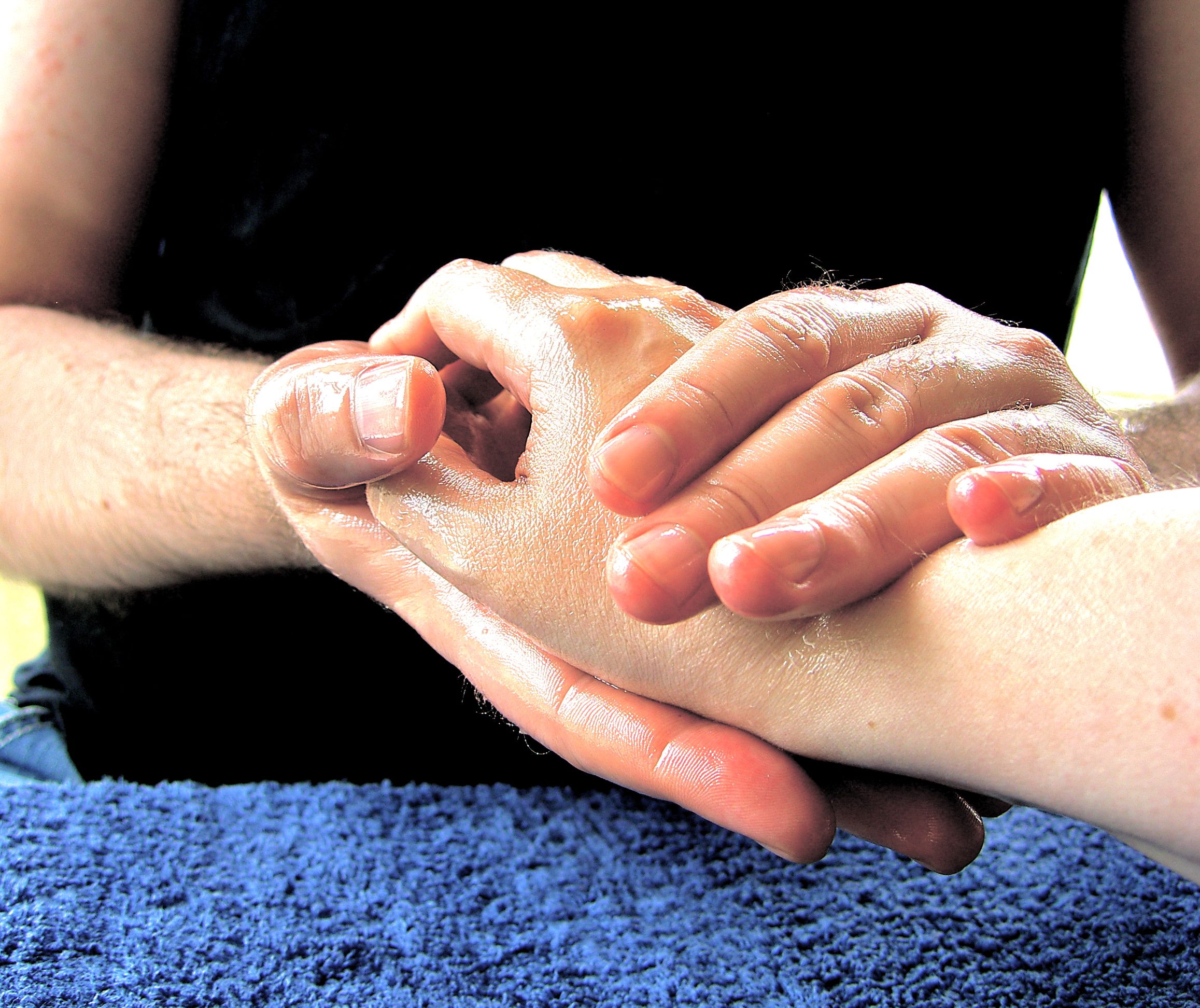
9. Warnings and Contraindications
Certain situations necessitate strict avoidance of this product due to safety concerns:
- Do not apply on open wounds, broken skin, or rashes, as it may cause severe irritation or delay healing.
- Avoid contact with mucosal tissues, such as eyes, nostrils, or lips. In case of accidental exposure, rinse immediately with cool water.
- Contraindicated in individuals with hypersensitivity to salicylates (such as aspirin) or menthol. These individuals are at increased risk of allergic or anaphylactoid reactions.
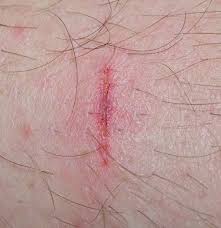
10. Guidelines for Careful Administration
To maximize safety and effectiveness, follow these administration protocols:
- Patch Test: Conduct a skin patch test on the forearm or behind the ear before first-time use to rule out sensitivity.
- Pressure Adjustment: Modify massage pressure based on the patient's age, skin condition, and pain threshold to avoid soft tissue damage.
- Do Not Occlude: Do not cover the application site with wraps or bandages unless instructed by a healthcare provider. Occlusion can enhance systemic absorption and increase the risk of adverse effects.
11. Important Safety Precautions Before and During Use
Follow these precautionary measures during application:
- Keep out of reach of children to prevent accidental ingestion or misuse.
- Wash hands thoroughly with soap and water after applying the oil to avoid inadvertent contact with sensitive areas.
- Avoid exposure to heat sources such as saunas, heated blankets, or direct sunlight immediately after use, which may potentiate irritation.
12. Administration in Special Populations
12.1 Use in Elderly Patients
Geriatric skin is often more fragile and prone to bruising or tearing. Care should be taken to:
- Use gentle massage strokes to avoid overstimulation.
- Limit the duration of application to prevent undue strain on underlying tissues.
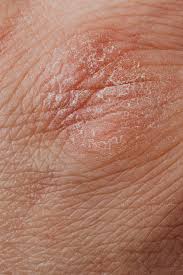
12.2 Use During Pregnancy and Lactation
Although composed of natural ingredients, some components may pose risks during pregnancy or nursing:
- First trimester use is discouraged due to the essential oil content which may affect fetal development.
- During breastfeeding, avoid applying on or near the breast area to prevent ingestion by the infant.
- Always consult a physician before use for lower back or pelvic pain relief during pregnancy.
12.3 Use in Pediatric Patients
This product is generally not recommended for children under 12 years old without medical advice. For adolescent athletes, use with:
- Supervised application for muscle sprains or cramps.
- Parental guidance to ensure correct dosage and avoid overuse.
13. Overdose and Accidental Misuse
Excessive application or unintended exposure may lead to localized or systemic reactions:
- Symptoms: Include burning sensation, persistent redness, blisters, or a rash. Discontinue use immediately if symptoms worsen.
- Ocular Exposure: Rinse eyes thoroughly with clean water for several minutes. Seek medical attention if irritation persists.
- Ingestion: Accidental oral intake, especially in children, may cause nausea, vomiting, or dizziness. Promptly contact a poison control center or emergency services.
14. Handling and Application Hygiene Guidelines
Proper hygiene during storage and use helps maintain product efficacy and safety:
- Wash hands before and after every application.
- Do not touch the bottle nozzle directly with fingers or contaminated surfaces to prevent microbial contamination.
- Ensure cap closure after each use and store upright in a clean, dry place.
- Dispose of expired or degraded product according to local pharmaceutical waste guidelines.
Himalaya Pain Massage Oil FAQ
- What is the use of Himalaya pain relief oil?
- What are the benefits of pain oil?
- What is Himalaya Pain Massage Oil used for?
- What are the key pain-relieving ingredients in Himalaya Pain Massage Oil?
- How does Himalaya Pain Massage Oil provide pain relief?
- How should Himalaya Pain Massage Oil be used?
- Is Himalaya Pain Massage Oil suitable for all types of pain?
- Are there any potential side effects of using Himalaya Pain Massage Oil?
- Can Himalaya Pain Massage Oil be used for children?
What is the use of Himalaya pain relief oil?
Helps relieve muscle and joint pain
What are the benefits of pain oil?
Help ease pain in your joints and muscles, manage swelling and joint inflammation, lessen stiffness and tightness, and boost the strength of your bones and muscles.
What is Himalaya Pain Massage Oil used for?
This is an oil blend designed to help alleviate muscle and joint discomforts, as well as body pains and rigidity; it's meant to be applied externally through massage.
What are the key pain-relieving ingredients in Himalaya Pain Massage Oil?
- Wintergreen Oil (which provides methyl salicylate, known for its pain-relieving properties)
- Deodar Oil (derived from Cedrus deodara and traditionally used for alleviating pain and reducing inflammation),
- Camphor (known for its properties that aid in pain relief).
How does Himalaya Pain Massage Oil provide pain relief?
The mix of components operates through methods; Wintergreen oil serves as a pain reliever while Camphor generates a feeling of warmth or coolness that diverts attention from discomfort. Furthermore, Deodar and other herbal extracts aid in decreasing inflammation and calming muscles and joints.
How should Himalaya Pain Massage Oil be used?
Softly rub the oil onto the impacted region until it's fully absorbed by the skin. Feel free to apply it whenever necessary and after a bath or shower for optimal absorption.
Is Himalaya Pain Massage Oil suitable for all types of pain?
It is primarily intended for muscular and joint pain, body aches, and stiffness. For severe or chronic pain, or pain related to specific medical conditions, it's best to consult a healthcare professional.
Are there any potential side effects of using Himalaya Pain Massage Oil?
For those with skin, there is a possibility of experiencing irritation or redness when using certain products. It is advisable to perform a patch test on a skin area before applying it widely and to steer clear of getting the product, near your eyes or mucous membranes.
Can Himalaya Pain Massage Oil be used for children?
While some formulations might be mild, it's generally advisable to consult a pediatrician before using pain massage oils on children, especially younger ones, as their skin can be more sensitive.

